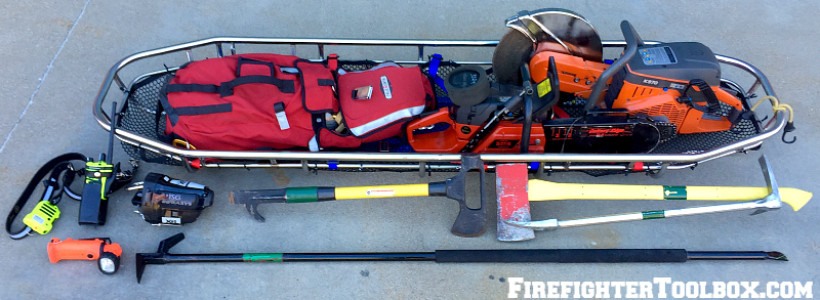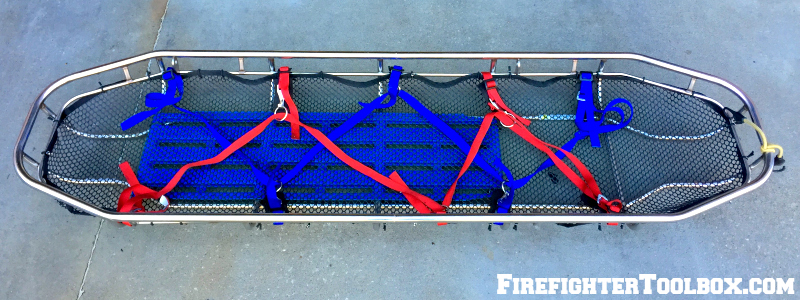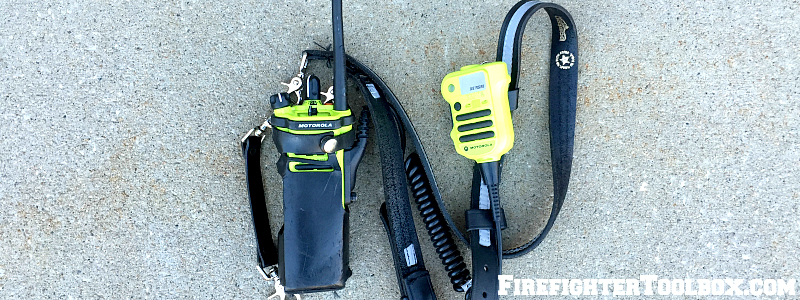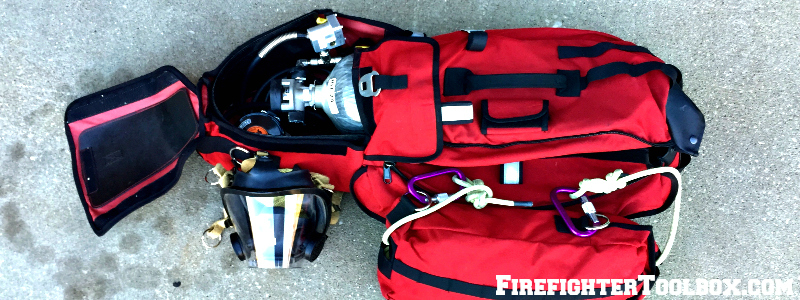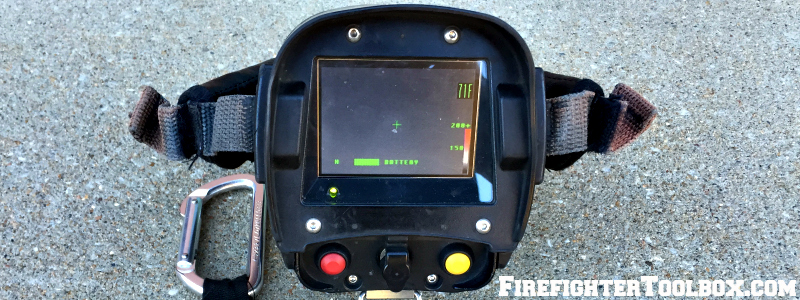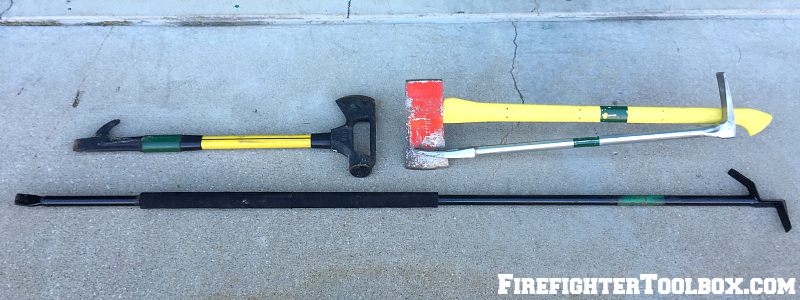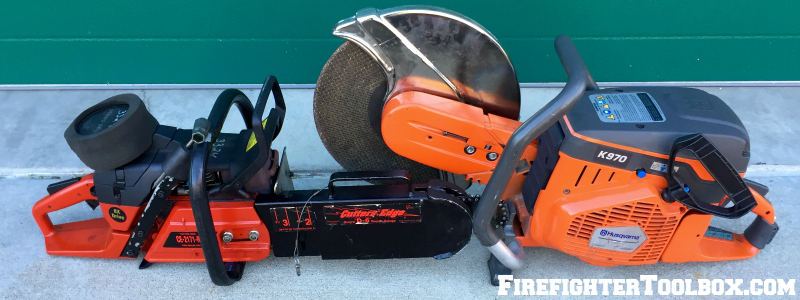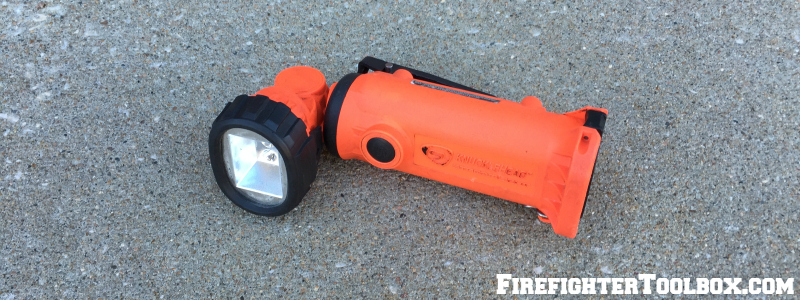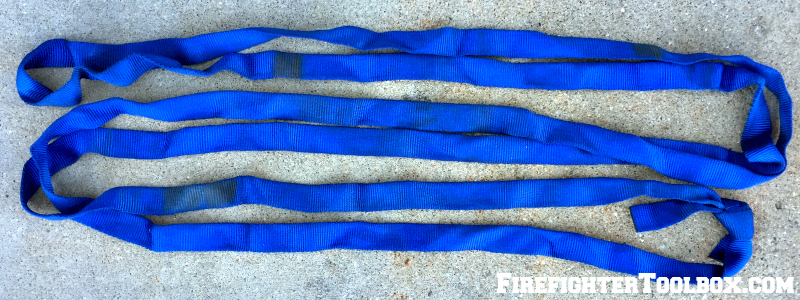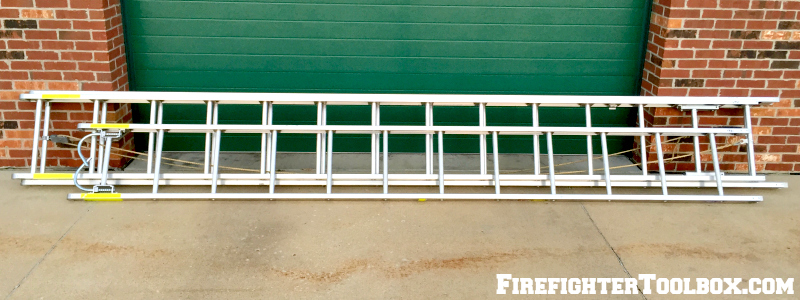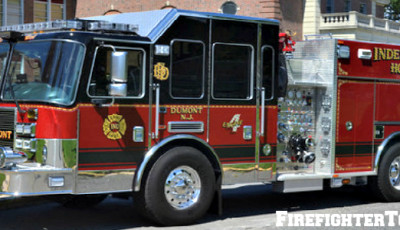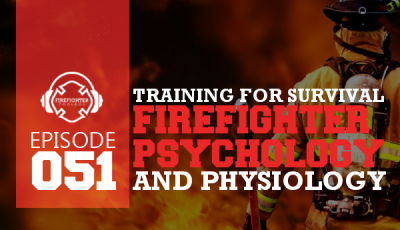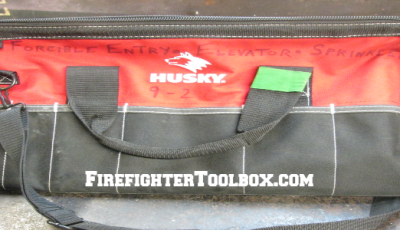10 Essentials for Firefighter Rapid Intervention Crews
R.I.C., R.I.T., F.A.S.T.—Call it what you want, this is the team of firefighters on the fire ground who are immediately available to rescue an incapacitated firefighter. For the purpose of this article, we will refer to this team as “R.I.C.” Like everything else in the fire service, a proactive approach is necessary for R.I.C. to be successful. If a MAYDAY is called and R.I.C. still has yet to gather all of their tools, precious time is wasted—decreasing the probability of firefighter survival.
Some fire departments dedicate a single apparatus that always assumes R.I.C. However, some departments may assign their R.I.C. to a company based on the order of their arrival. Regardless of how your fire department assigns R.I.C., there are numerous tools that must be brought to the R.I.C. staging area. We will discuss the 10 essential tools and pieces of equipment for R.I.C.
1. Full PPE with SCBA
All members from R.I.C. must be ready to immediately assist a firefighter in the event of a MAYDAY. This means that all crew members must have their full turnouts donned with their SCBA on their backs. No exceptions.
2. Stokes Basket
Depending on the type of structure, a stokes basket might be necessary to extricate the downed firefighter. However, for smaller residential structures, a stokes basket may be too large and cumbersome to use inside the structure. It may be best to leave it outside of the structure—awaiting the arrival of the firefighter after extrication.
3. Portable Radio
Effective communication between R.I.C., the R.I.C. chief, and the MAYDAY member is imperative. That is why each R.I.C. member must have a portable radio.
4. R.I.C. Pack
Within every R.I.C. pack, the following items should be present: spare SCBA bottle, spare SCBA mask, and search rope. When R.I.C. is activated, the R.I.C. pack’s rope can be anchored to a stationary item on the exterior of the structure. Once anchored, the pack should be carried by R.I.C. to serve as their guide line when needing to exit the structure.
5. Thermal Imaging Camera
A thermal imaging camera (TIC) will assist R.I.C. while searching for the MAYDAY member. When used during R.I.C.’s exterior size-up, the TIC will assist in determining the location and extent of the fire within the structure, as well as possible crew locations.
6. Hand Tools—Irons, Hook, and Sledgehammer
R.I.C. should take a proactive approach in gaining access to all entry/exit points of a structure. This may require the use of hand tools, such as the irons (halligan bar and axe), a hook, and a sledgehammer.
7. Wood-Cutting and Metal-Cutting Saws
Every R.I.C. should have saws that cut through both wood and metal. A metal-cutting saw (Partner/K-12) can be used to cut security bars off of windows and doors. This saw may also be needed to gain access to garage and/or commercial roll-down doors.
8. Flashlight
Every firefighter should carry at least one flashlight on their helmet or turnout coat. If your fire department has portable box lights, add one to your R.I.C. tool compliment. All firefighters would agree that we can never have enough light inside of a dark and smoky structure.
9. Webbing
A firefighter who doesn’t carry webbing is like a doctor without a stethoscope. Webbing is useful in so many different situations on the fire ground, especially during the extrication of a downed firefighter. Every firefighter should have at least one set of webbing in their turnouts at all times.
10. Ground Ladders
Throwing ground ladders to exterior windows isn’t just for the truck company. Remember that one of R.I.C.’s main responsibilities is to make the fire ground safer, so that a MAYDAY is averted in the first place. Instead of being reactive, R.I.C. must take a proactive approach: making sure that each side of the structure has at least one ground ladder to the floor(s) where interior crews are operating.
Being part of the Rapid Intervention Crew is much more than just standing in the front yard and “waiting” for the MAYDAY to be called. It requires a full complement of essential tools and a forward-thinking mindset. To paraphrase Louis Pasteur: “Fortune favors the prepared firefighter.” If assigned to R.I.C., consider it an honor: you are being charged with improving the safety of all firefighters on the fire ground.

